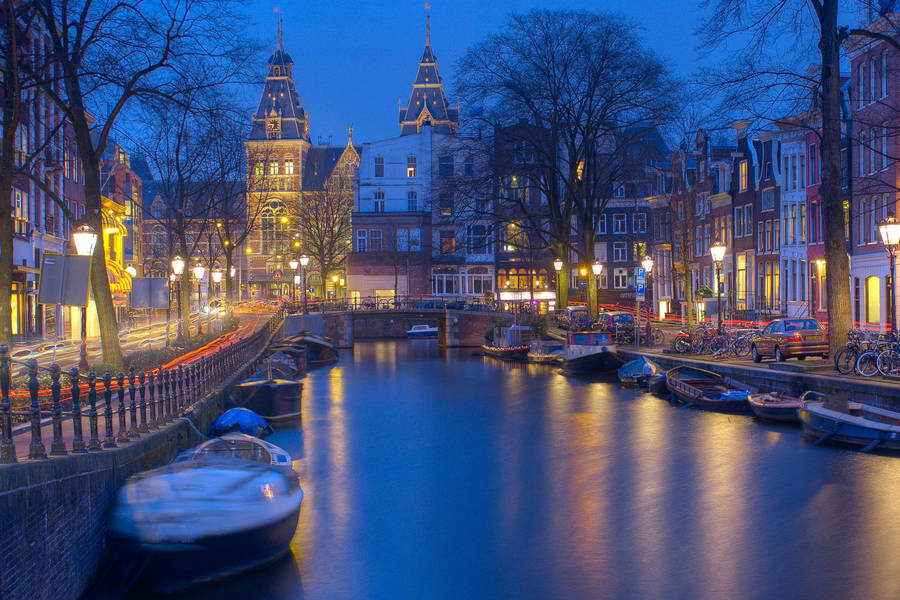


DST was first introduced during World War I as a means to save energy, and in most countries around the world, the concept stuck. Daylight Saving Time is used to extend daylight hours seasonally: some countries around the world use DST moving their clocks forward in summer and backward in winter to enjoy more daylight however, not all countries use this practice, and not all people are happy with it. DST: Daylight Savings Timeīesides GMT and UTC, another important abbreviation to remember is DST which stands for the Daylight Saving Time. Anything West of GMT will have a negative time offset, whereas anything East of GMT will have a positive UTC offset.Ĭountries and cities in the GMT time zone include: United Kingdom, Portugal, Canary Islands (Spain), Faroe Islands, Burkina Faso, Gambia, Ghana, Guinea, Guinea-Bissau, Iceland, Ivory Coast, Liberia, Mali, Mauritania, Saint Helena, Ascension and Tristan da Cunha, Senegal, Sierra Leone, and Togo. GMT represents the Prime Meridian, or the zero longitude, whereas UTC represents the standard 0 hour time according to which all time zones are regulated. What’s the difference? GMT is a time zone, whereas UTC is a time standard used for regulating the world’s clocks. GMT stands for the Greenwich Mean Time, whereas UTC stands for the Coordinated Universal Time. 5 AWST: Australia Western Standard Time.4 AEST: Australia Eastern Standard Time.3 ACST: Australia Central Standard Time.


 0 kommentar(er)
0 kommentar(er)
